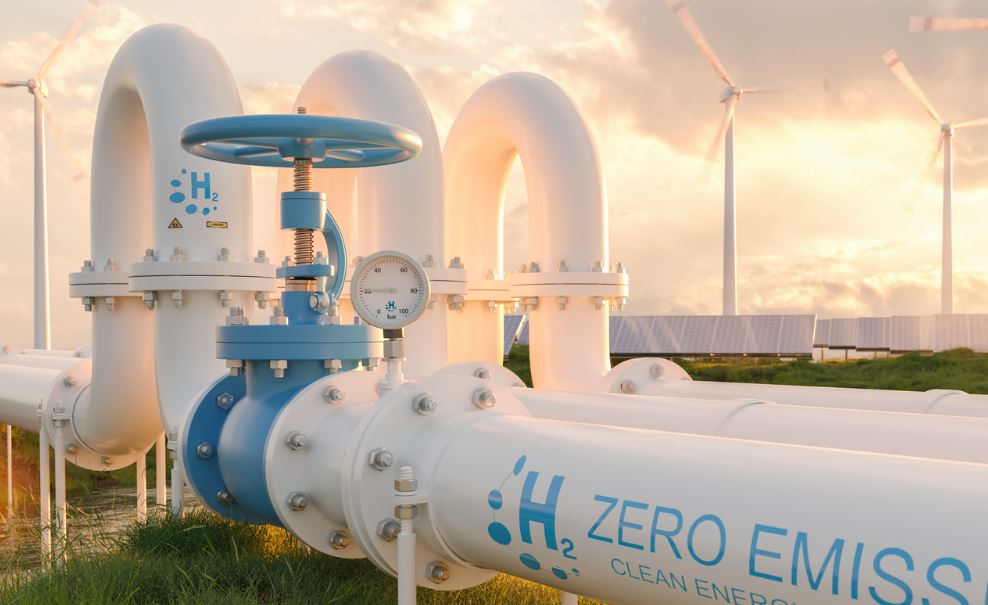Gasunie, one of Europe’s largest energy infrastructure companies, has unveiled a comprehensive investment plan totaling €12 billion aimed at bolstering the hydrogen and carbon capture storage (CCS) initiatives.
This strategic focus is poised to align with Europe’s decarbonization objectives and the transition towards a sustainable energy future. The emphasis on hydrogen as a cornerstone of this strategy emerges in tandem with the International Energy Agency’s (IEA) projections that hydrogen could represent 18% of global energy demand by 2050, assuming supportive policies and technological advancements continue apace.
Central to Gasunie’s ambitious blueprint is the development of an extensive hydrogen transportation network. Experts project that current advancements could lead to the establishment of a trans-European hydrogen grid, potentially facilitating a vast market adoption and quicker integration of green hydrogen solutions. The network’s sophisticated design aims to interconnect requisite supply and demand points, enabling efficient movement and conversion of energy. However, the logistical challenges of setting up such infrastructure necessitate rigorous technical and environmental assessments to preemptively address bottlenecks associated with hydrogen’s volatile nature and storage requirements.
Moreover, Gasunie’s commitment to CCS further accentuates the multifaceted approach required for meaningful emission reductions. By capturing carbon dioxide from industrial sources and sequestering it safely underground, CCS technologies offer a pragmatic pathway to mitigate the impacts of unavoidable emissions. This move is in alignment with market research which underscores that robust CCS deployment could capture up to 200 million tonnes of CO2 annually in Europe by 2040, significantly contributing to Europe’s climate goals.
The substantial financial commitment underscores the high-stakes environment in which hydrogen and CCS technologies operate. It reflects not only the necessity to adhere to tightening regulatory frameworks but also an acknowledgment of the critical economic and sectoral transformations necessary for energy companies to thrive and remain competitive. Yet, while the capital injection is considerable, questions regarding ROI (return on investment) persist, hinging largely on policy coherence, cross-border collaboration, and sustained technological innovation.
In addressing these complexities, cross-industry collaborations and partnerships emerge as pivotal mechanisms. Collaborative initiatives can harness diverse expertise, disseminate risk, and optimize resource allocations, effectively driving down costs while expanding infrastructure capabilities. Introducing public-private partnerships could further accelerate progress, ensuring that these transformative projects align with industry aspirations and national and international policy frameworks.
Despite the robust planning and apparent enthusiasm, the path forward is imbued with significant technical and economic challenges. Achieving the requisite scale and efficiency in hydrogen production and CCS implementation necessitates relentless innovation and strategic foresight. It also demands proactive engagement with regulatory bodies to nurture an environment conducive to sustained sectoral growth and transformation.
Gasunie’s substantial investments mirror the broader trend towards integrated energy solutions, underscoring the essential role of comprehensive planning and robust execution in the transition to a more sustainable global energy landscape. The long-term success of these undertakings remains contingent upon a synchronized approach that unites innovation, policy measures, and market dynamics.
